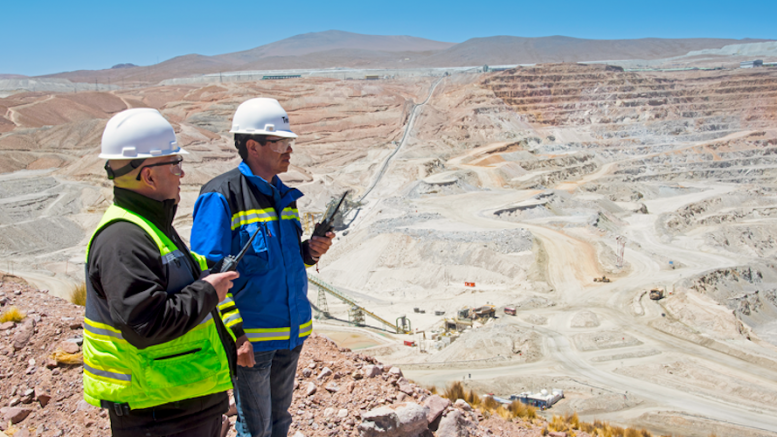Mines of the future will need software developers, data analysts and even bio-technology scientists to be able to meet the rising of demand of metals, needed for decarbonization, in an environmentally friendly way, said Teck Resources’ (TSX: TECK.B; Nasdaq: TECK) Jeff Hanmanin a keynote speech on the final day of PDAC 2022.
Hanman, Teck’s vice-president of sustainable development gave examples of how the company is attempting to solve operational issues through innovation — including using ideas from Star Trek to reduce dust in the water-depleted mines of Chile and utilizing tiny bugs in its water treatment operations.
“The same ESG factors that are driving demand are increasingly constraining supply,” he said. “The truth is it’s probably never been harder to build a new mine. Investors, regulators, Indigenous Nations are all rightfully demanding reduced impacts. This is translating into much more complex, regulatory and engagement processes that take vastly more time.”
“For us to meet the challenge of more metal more quickly, with less impact, mining needs to innovate and do so quickly,” added Hanman.
The global mining industry faces the unique challenge of producing more metals to support decarbonization, while reducing its carbon emissions. Currently the sector is responsible for 4-7% of greenhouse gas emissions globally, according to McKinsey.
In a bid to advance its water treatment facilities, Teck has partnered with other mining and technology companies and extracted DNA from about 15,000 microbes found at mine sites across the globe.
“This information is used to identify naturally occurring biology that can potentially replace, enhance or create new processes at our mining operations, all by finding the right bug to eat the right material,” he said. “It’s not just making mining cleaner, it’s also about making it more efficient and unlocking more supply.”
At its Carmen de Andacollo mine in Chile, the company faces the dual challenge of reducing water usage while managing dust. As such, its team there is working on a pilot project that creates an electrostatic force field by broadcasting electrostatic waves over a mining area which charges the dust particles, make them heavy and eventually keeps them to the ground.
The company through its Renew, Automate, Connect and Empower (RACE) program, which uses technology to improve Teck’s operations, has generated $1.1 billion worth of benefits through different ways, which Hanman equates to having a “whole other mine” in its operations.
“Mines of the future will be overwhelmingly more digital and integrated. Advances and instrumentation will allow us to collect more data and in turn make better and better decisions,” Hanman said. “The carbon intensity of our industry is going to decline dramatically.”
Given the variable mining environments, the sector will have to depend upon a hybrid approach, from using renewable energy for power to utilizing hydrogen fuel and electric cars, he added.
Furthermore, he stressed the need for a more diverse workforce and the reskilling of miners to encourage innovation in the sector. He pointed out that the International Council on Mining and Metals and the World Economic Forum estimate that in the next five years one in two workers in the sector will need reskilling and even those who remain in their roles, will need to update 40% of their skills just to carry out everyday tasks.
“Our traditional workers… won’t need to become data scientists, but they are going to need how to work with them,” Hanman said.



Be the first to comment on "PDAC 2022: As ESG both drives metal demand and constrains supply, miners will be forced to innovate, says Teck’s Jeff Hanman "